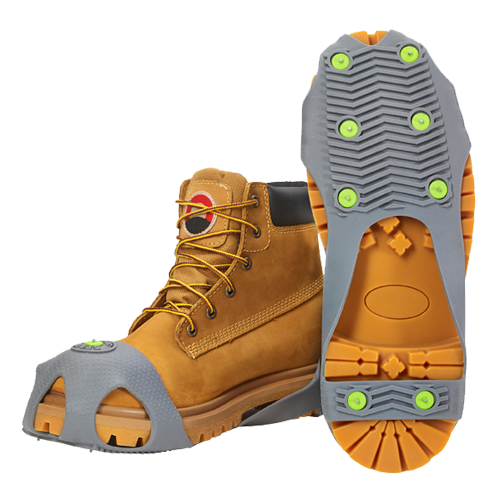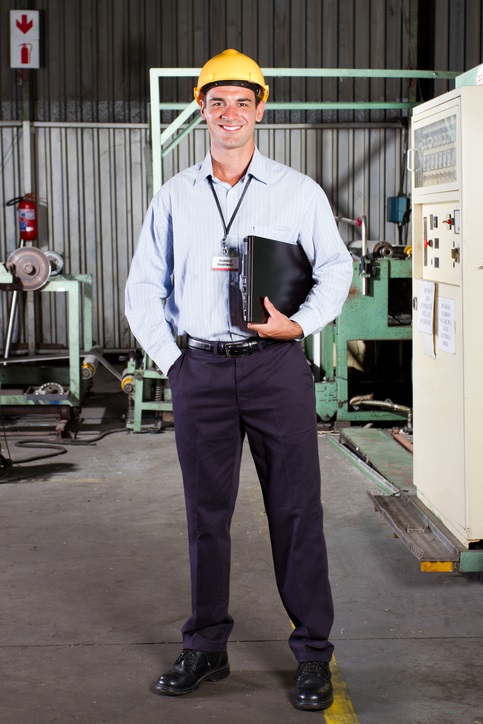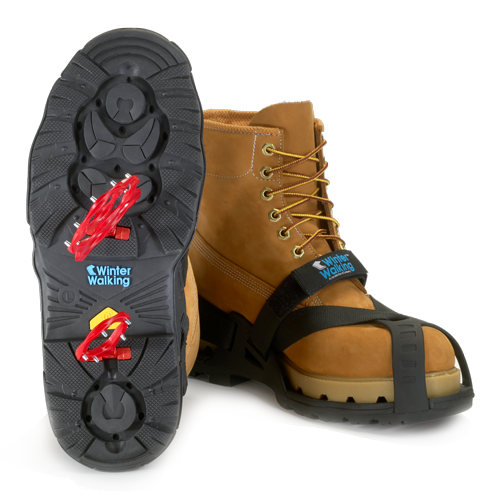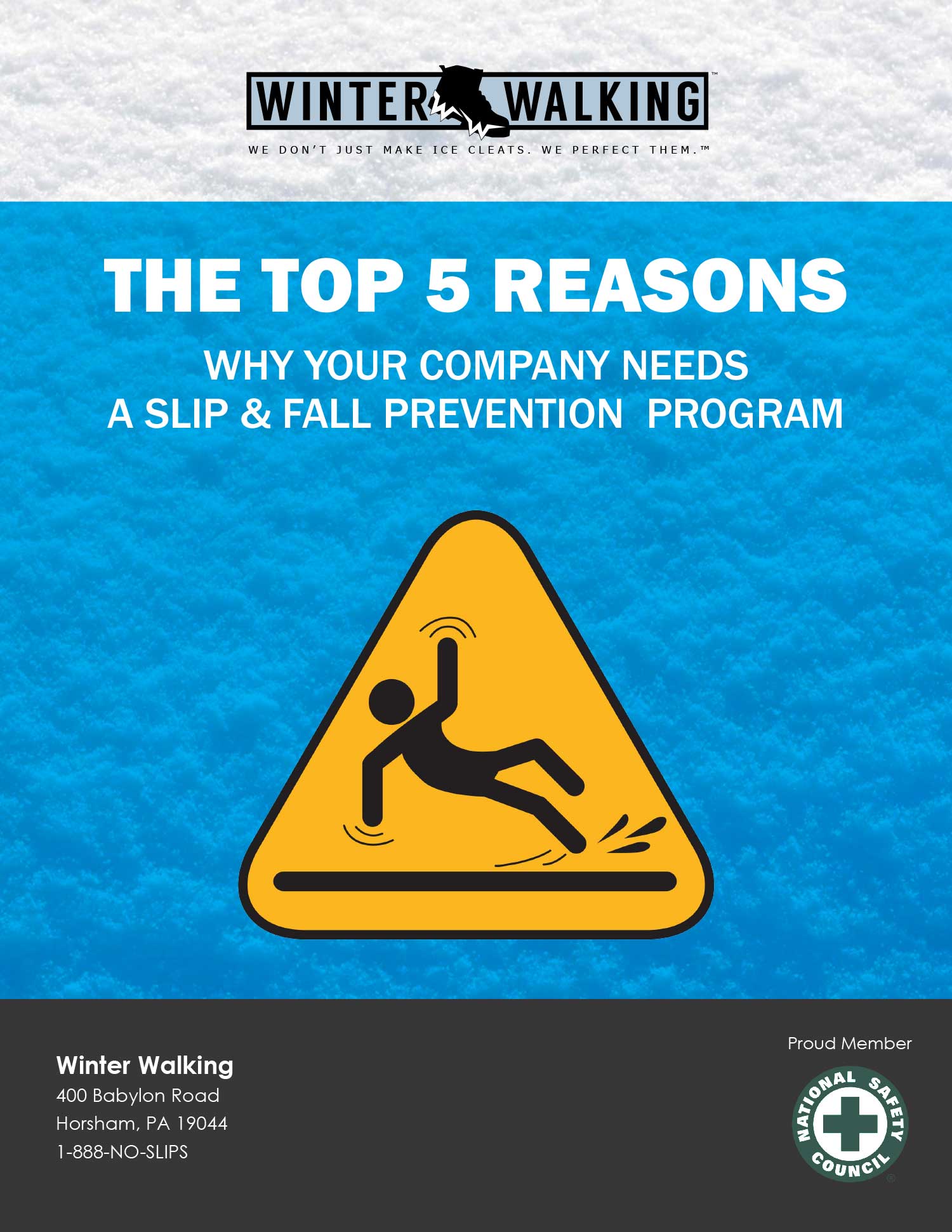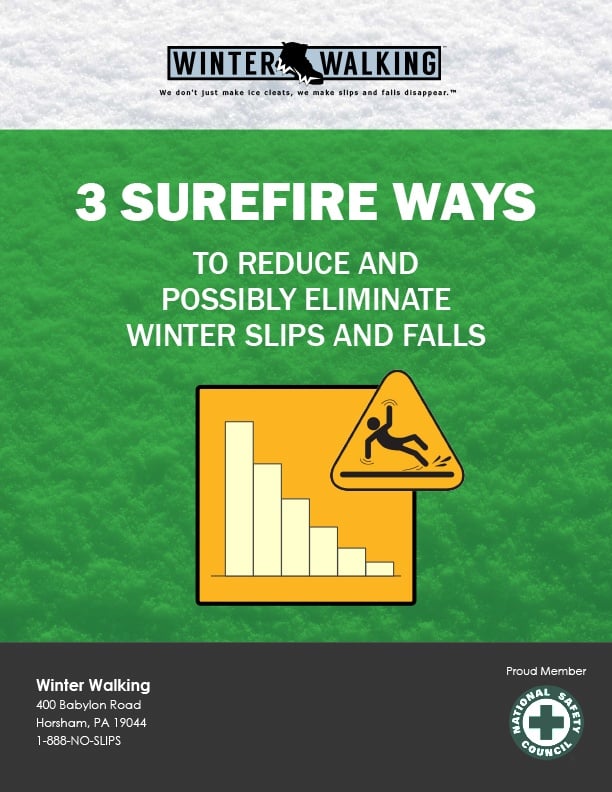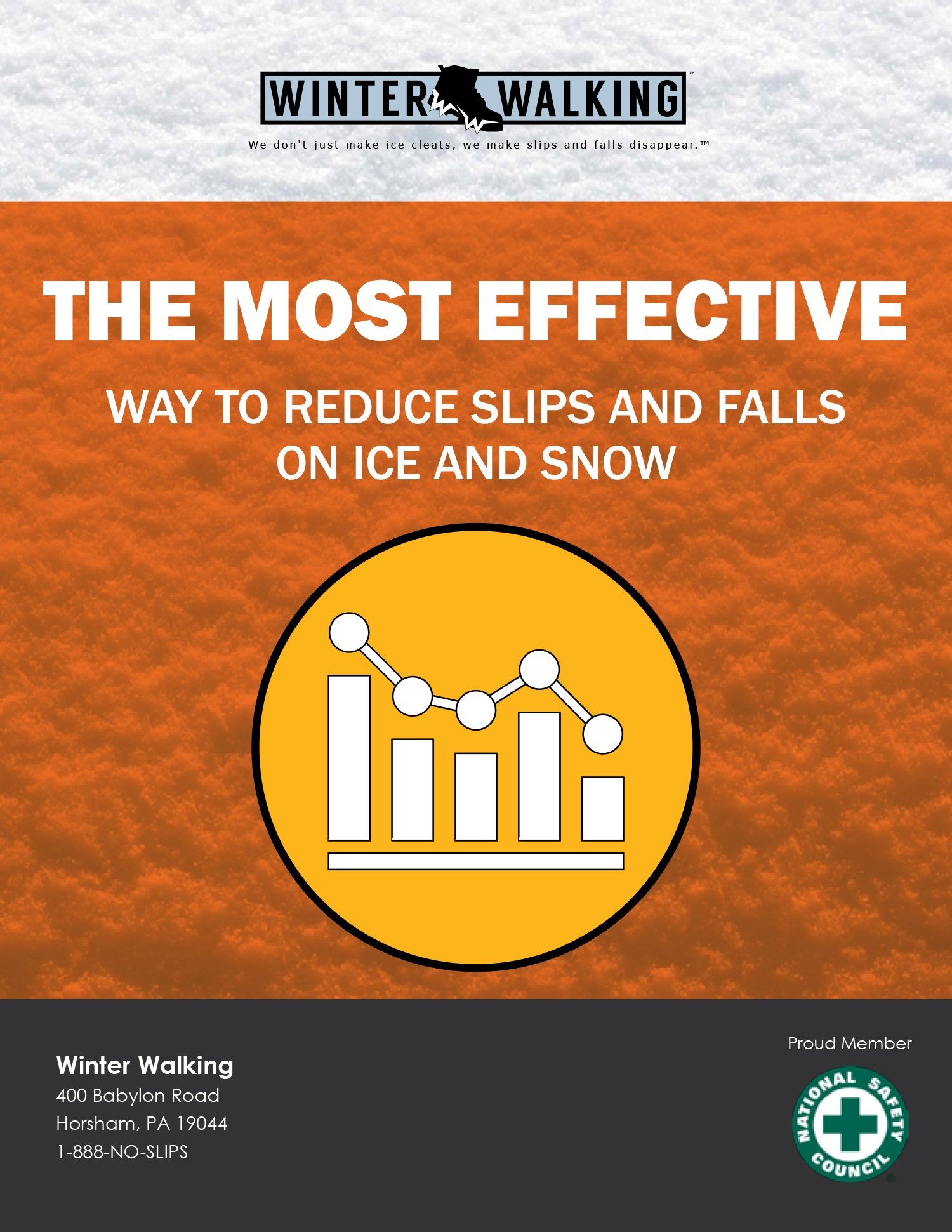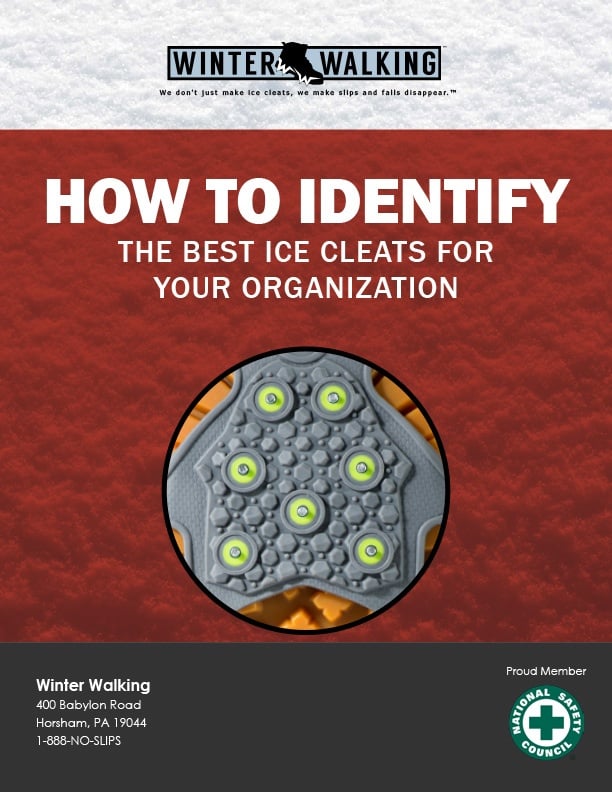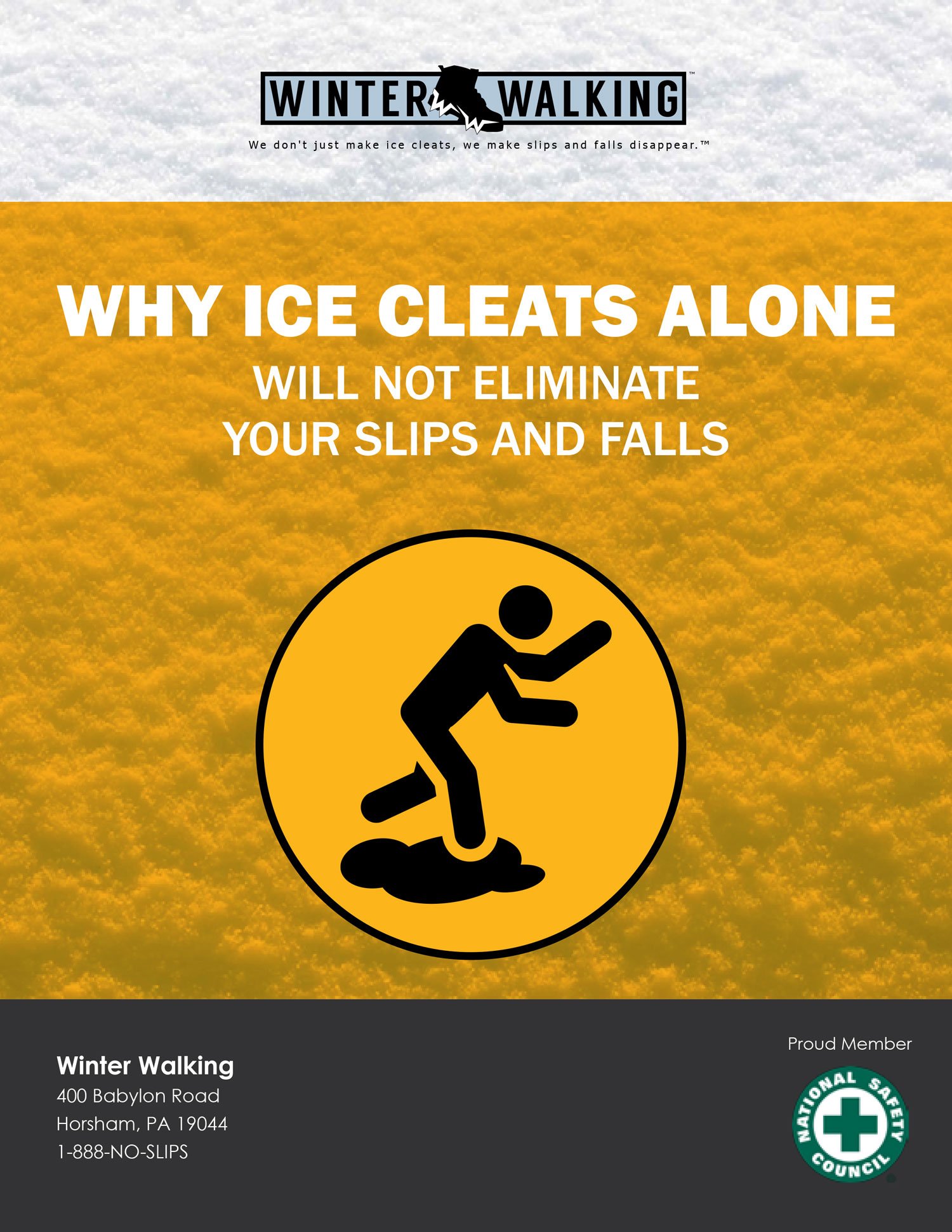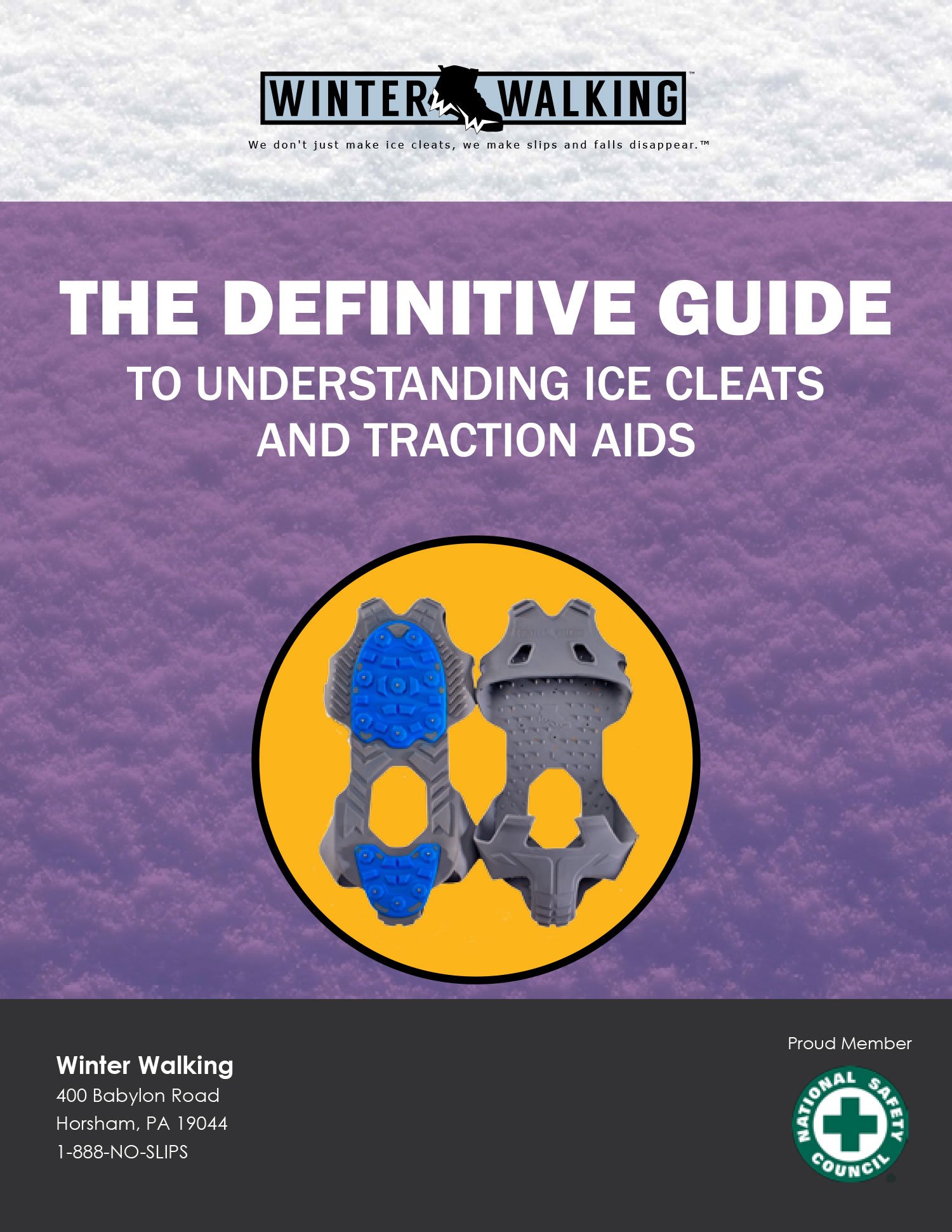Customers have so many choices when it comes to ice cleats and traction aids to prevent winter slips and falls. Sometimes these devices look similar. And sometimes they look radically different. But most of them have at least one very important thing in common: By far, the safest winter traction aids on the market are devices that offer traction in both the heel and toe of the device. As you walk, your heel hits the ground first, so additional ice and snow boot traction aids are needed. Following that, your foot rolls forward and your toe hits the ground. Without traction in both the heel and […]
Continue Reading
Have you ever asked your employees for their feedback on the traction aids and ice cleats that you buy for them? If you have never done this, you are missing out on some very important information. This is one of the most critical and most often forgotten ways to increase employee buy-in. You will learn what is working well – and what is not – with the current ice cleats you provide to reduce winter slips and falls. Additionally, you will be building morale and reinforcing the notion that you care about employee safety.
Continue Reading
I know a safety coordinator at a large Canadian company. The conversation I had with him one winter stuck with me. When we spoke, he was in no mood to discuss the use of an ice cleat or other winter traction aids. He admitted that he was sick of winter, in general, and sick of hearing about ice cleats, in particular. He was tired of having to “deal” with them all the time. Does this sound familiar to you? Here’s the interesting thing about what I do for a living: If you choose to ignore the problem of winter slip and falls on ice and snow, you’re in luck because eventually the weather will cha[…]
Continue Reading
I have young kids at home. Every night, they eat dinner. Sometimes they eat their dinner early and sometimes it’s late. But every night they eat. So what would happen if I waited until they were starving to feed them. And at that point I said, “Okay, just spot me a few hours. I have to go to the market, buy some ingredients, come home, look up a recipe and then cook you dinner. Sound good, kids?” Just the thought of the ensuing tantrums is enough to ensure that this scenario never unfolds in my home.
Continue Reading
If you’re bored one day, type “ice cleats” into your preferred search engine. How many results do you get? Hundreds of thousands. So why does this matter? Well, it means ice cleats are popular. Would they be as prevalent today if they didn’t work? Interesting question. Let’s look into this: If you analyze the 800,000 results you’ll find from your Google search, you will quickly uncover two major obstacles that make investing in ice cleats a difficult decision for any safety professional:
Continue Reading
If a fireman asks you to check your smoke detectors, would you consider responding with: “We haven’t had any fires this year, so I’ll test them the next time we do.” Sounds ridiculous, doesn’t it? What if I told you that I hear tales of similar scenarios when I call a new contact and ask if they’ve tested their ice cleats yet? What many people don’t realize is that you don’t actually need ice and snow on the ground in order to conduct an ice cleat test. All ice cleats are built to increase traction on ice and snow – that part is easy. If they didn’t work, they wouldn’t exist.
Continue Reading

